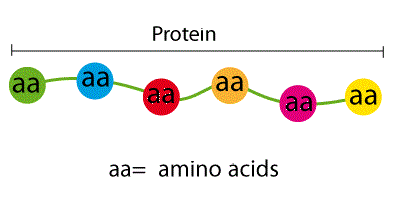What is an organic compound found in most cells?
1 Answer
Amino acids.
Explanation:
Most cells have proteins, and the basic unit of a protein - that consists in a polymer - are the amino acids.

Specific amino acids act upon substrates--or target compounds--to transform them into new products.
EXAMPLE: AMINO ACIDS IN ENZYMES
Many enzymes can be found within cells. One enzyme is called trypsin, found in the pancreas.
For instance, the SHD catalytic triad is a known trio of amino acids within the enzyme trypsin (which also happens to be a protein) that consists of serine (Ser, S), histidine (His, H), and aspartate (Asp, D).
WHAT DOES EACH AMINO ACID DO HERE?
Serine is supposed to act as a nucleophile (electron donor) to attack a specific carbonyl carbon on the protein, but in order to do that, histidine has to come in as an activator and "activate" serine by convincing it to lose a proton by lowering its pKa (making it more acidic, and thus more willing to lose a proton).
Then, since histidine has a methylene bridge (
That, together, allows effective cleavage of specific peptide bonds. Shown immediately above is the first step to that process in this example.


